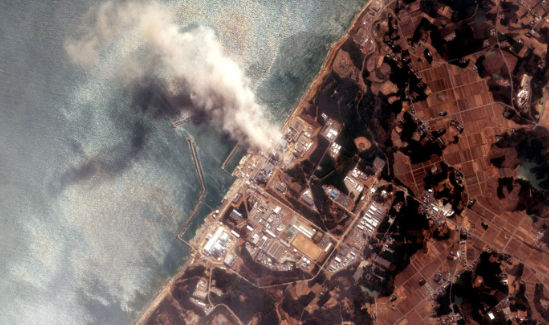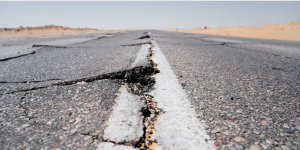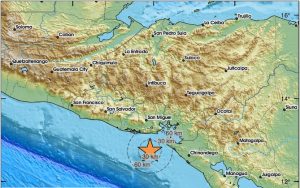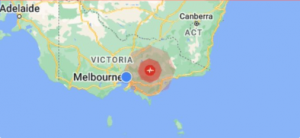More than a decade after the March 2011 Fukushima nuclear disaster, some registered residents of a village made off-limits by high radiation levels might be able to finally return home. On Friday, the Japanese government decided to lift evacuation orders on June 12.
A 0.95 square kilometer part of Katsurao, located near the defunct Fukushima Daiichi nuclear power plant, will have its “difficult-to-return” zone classification lifted, the government’s nuclear emergency response headquarters and the Reconstruction Agency agreed in a joint meeting.
Also Read | Russia’s Chernobyl seizure seen as nuclear risk ‘nightmare’
The decision was made as he area’s radiation decontamination and infrastructural developments had progressed enough to reopen.
As the residents see a hope to return to their homes, here’s everything to know about the Fukushima nuclear accident.
Fukushima disaster is the second worst nuclear accident in the history of nuclear power generation. The site is on Japan’s Pacific coast, in northeastern Fukushima prefecture about 100 km (60 miles) south of Sendai.
The facility, operated by the Tokyo Electric and Power Company (TEPCO), was made up of six boiling-water reactors constructed between 1971 and 1979.
When the accident occurred, only reactors 1–3 were operational, and reactor 4 served as temporary storage for spent fuel rods.
Also Read | Bucha- like trenches dug in Chernobyl’s radioactive Red Forest, video shows
Tsunami waves generated by the main shock of Japan’s 9.1-magnitude earthquake on March 11, 2011 damaged the backup generators at the Fukushima Daiichi plant. All three of the reactors that were operating were successfully shut down. But, the loss of power caused cooling systems to fail in each of them within the first few days of the disaster.
There was a radiation release as rising residual heat within each reactor’s core caused the fuel rods in reactors 1, 2, and 3 to overheat, causing a partial meltdown.
The buildup of pressurized hydrogen gas in the outer containment buildings enclosing reactors 1 and 3 caused explosions on March 12 and March 14.
Concerns over possible radiation exposure forced government officials to establish a 30-km (18-mile) no-fly zone around the facility, and a land area of 20-km (12.5-mile) radius around the plant—which covered nearly 600 square km (approximately 232 square miles) – was evacuated. In the next few days of the incident, some 47,000 residents left their homes.
Also Read | Russian troops leaving Chernobyl nuclear plant after radiation exposure
At the end of March, the evacuation zone was expanded to 30 km around the plant. Ocean water near the plant was found to have been contaminated with high levels of iodine-131.
On April 12, nuclear regulators raised the severity level of the nuclear emergency from 5 to 7—the highest level on the scale created by the International Atomic Energy Agency.







